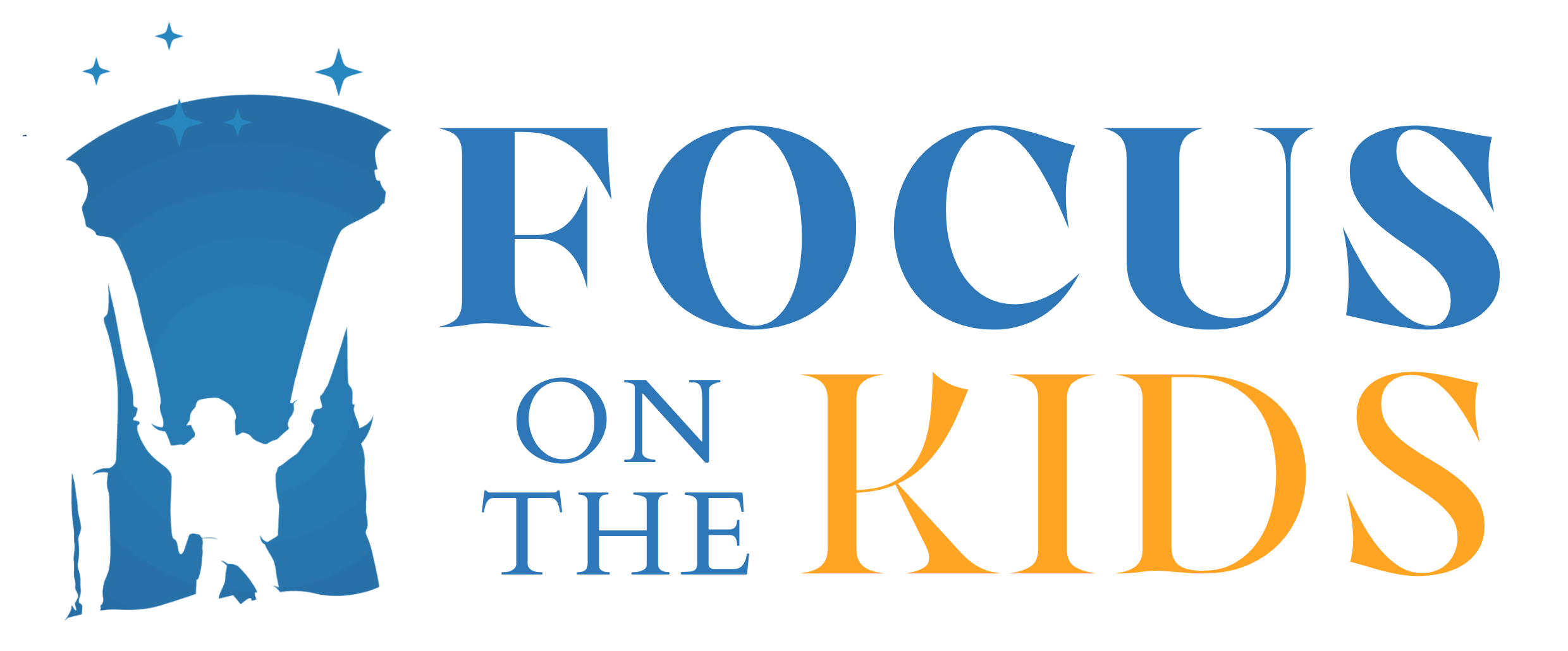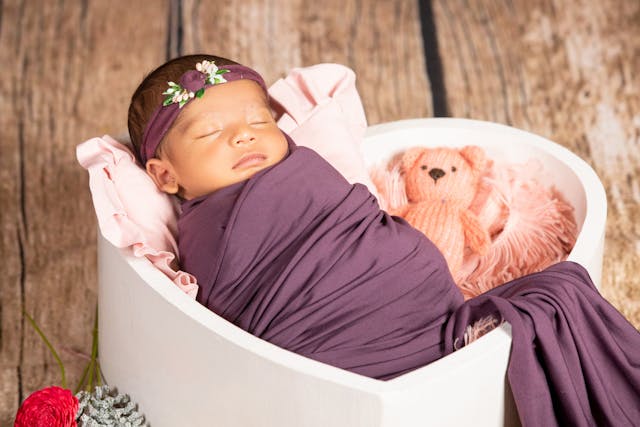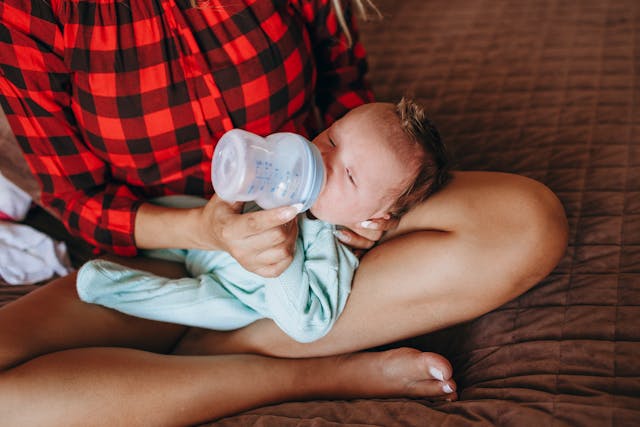Swaddling is a time-tested technique used to help newborns feel secure, calm, and comfortable during sleep. When done correctly, swaddle a newborn can mimic the snug environment of the womb, reducing the startle reflex and promoting longer, more restful sleep for your baby. However, it’s essential to know how to swaddle safely and effectively to ensure your newborns comfort and safety. In this guide, we’ll explore the benefits of swaddling, step-by-step instructions for swaddling a newborn, safety tips, and common mistakes to avoid. What Is Swaddling? Swaddling is the practice of wrapping a baby snugly in a lightweight blanket or specialized swaddle cloth to restrict movement of their arms and legs. The technique helps soothe newborns by recreating the comforting environment they experienced in the womb. Benefits of Swaddling Swaddling offers several advantages for both babies and parents, including: How to Swaddle a Newborn for Sleep Step 1: Choose the Right Blanket or Swaddle 2: Lay the Blanket Flat 3: Position Your Baby 4: Wrap the First Side 5: Fold Up the Bottom 6: Wrap the Second Side 7: Check the Fit Swaddle a Newborn : Safety Tips While swaddling can be beneficial, safety is paramount. Follow these guidelines to swaddle your baby safely: Common Swaddling Mistakes to Avoid When to Stop Swaddling a Newborn Most babies outgrow swaddling by the time they’re 2-4 months old. Look for these signs to determine when it’s time to transition: Alternatives to Swaddle a Newborn If your baby doesn’t take well to swaddling or you’ve decided to stop, consider these alternatives: Frequently Asked Questions 1. Can I swaddle my baby if they have colic?Yes, swaddling can be helpful for babies with colic as it provides a comforting, womb-like environment that may reduce crying. 2. Should I swaddle newborn during naps?Yes, swaddling can be used during both nighttime sleep and naps, as long as it’s done safely. 3. Can I swaddle newborn with their arms out?Yes, some babies prefer having their arms out. You can adjust the swaddle to wrap only their torso and leave the arms free. 4. What should my baby wear under the swaddle?Dress your baby in lightweight clothing, such as a onesie, to prevent overheating. Adjust the layers based on room temperature. 5. How many swaddle blankets do I need?It’s a good idea to have at least 4-6 swaddle blankets or sacks on hand, as newborns may spit up or have diaper leaks frequently. Conclusion Swaddling is a valuable technique for soothing and comforting newborns, promoting better sleep for both babies and parents. By following the proper steps, ensuring safety, and recognizing when to transition away from swaddling, you can create a secure and nurturing sleep environment for your little one. Remember to pay attention to your baby’s cues and consult your pediatrician if you have concerns about swaddling or your baby’s sleep habits. With practice and care, swaddling can become an essential part of your parenting toolkit.
Can Newborns Drink Water? A Guide for New Parents
As a new parent, you may have many questions about your baby’s diet and hydration needs, including whether it’s safe for newborns to drink water. While water is essential for life, the answer for newborns is more nuanced. This article provides detailed, evidence-based information on when and why newborns can or cannot drink water, the potential risks, and tips for keeping your baby hydrated and healthy. Do Newborns Need Water? The short answer is no, newborns do not need water. For the first six months of life, your baby’s hydration and nutritional needs are fully met through breast milk or formula. Why? When Can Newborns Start Drinking Water? Experts, including the World Health Organization (WHO) and the American Academy of Pediatrics (AAP), recommend introducing water only after your baby reaches 6 months of age. Why wait until 6 months? Risks of Giving Water to Newborns Giving water to a newborn before six months can have serious consequences. Below are the key risks: When Might Water Be Necessary? In rare cases, a doctor may recommend water for a newborn, but this is typically under specific medical conditions or controlled circumstances: How to Ensure Your Newborn Stays Hydrated Introducing Water After Six Months Once your baby starts solid foods (around six months), small amounts of water can be introduced. Here’s how to do it safely: Frequently Asked Questions 1. Can newborns drink water in hot weather?No, even in hot weather, breast milk or formula provides all the hydration your baby needs. If you’re concerned, breastfeed or bottle-feed more frequently. 2. Is water necessary for constipation in newborns?For breastfed babies, constipation is rare. Formula-fed babies may experience constipation, but always consult your pediatrician before offering water or other remedies. 3. Can I dilute formula to hydrate my baby?No, always follow the manufacturer’s instructions for formula preparation. Diluting formula can lead to water intoxication and malnutrition. 4. What type of water should I use for formula preparation?Use boiled and cooled tap water or bottled water labeled as safe for infants. Check local guidelines and consult your pediatrician if unsure. The Role of Water in Toddler Nutrition As your baby grows into a toddler (around 1 year old), water becomes an essential part of their diet. At this stage, toddlers should drink about 1-4 cups of water per day, depending on their activity level, climate, and overall diet. Conclusion For newborns, breast milk or formula is the only source of nutrition and hydration they need for the first six months. Introducing water too early can pose serious health risks, including water intoxication, malnutrition, and digestive issues. After six months, small amounts of water can be safely introduced alongside solid foods, but breast milk or formula should remain the primary source of nourishment until your baby’s first birthday. Always consult your pediatrician if you have concerns about your baby’s hydration or feeding routine. By understanding and following these guidelines, you can ensure your little one stays healthy, happy, and well-hydrated.


